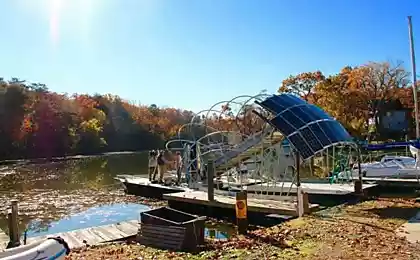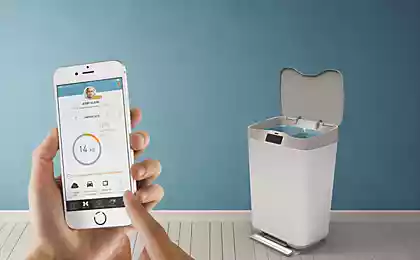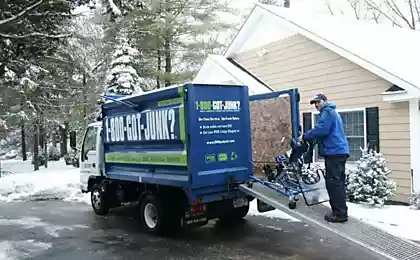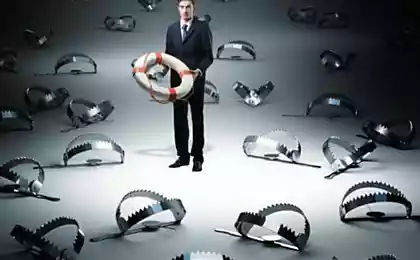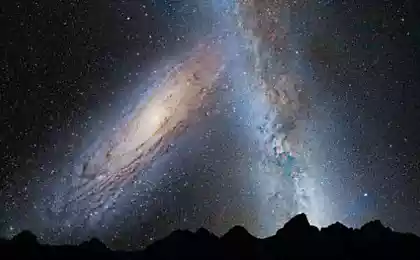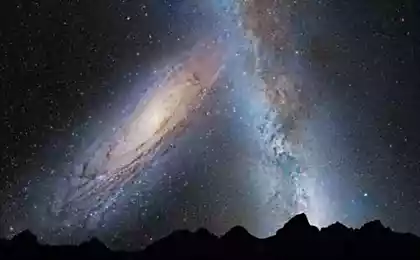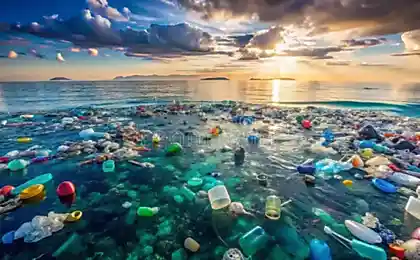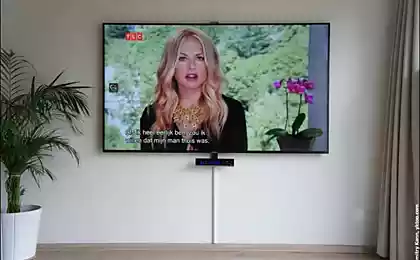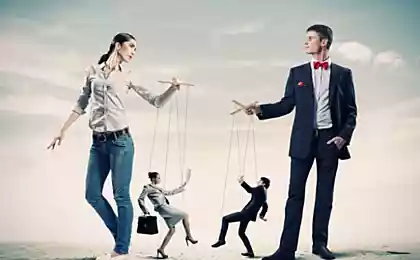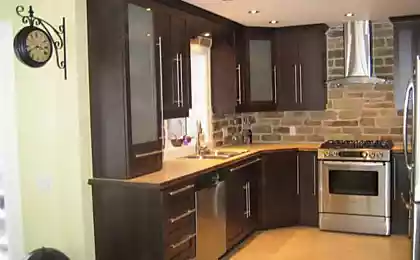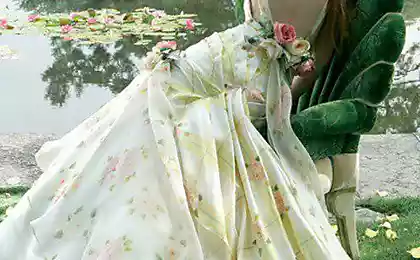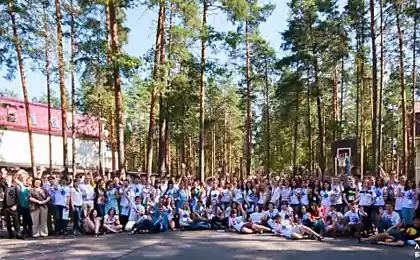550
Scientists have learned which way is the garbage once gets into the trash
Lab scientists Massachusetskogo Institute of technology (MIT senseable City Lab) decided to find out which way is the garbage once gets into the trash. They asked Seattle residents to bring their worn shoes, old cell phones, cans, plastic bottles, banana skins, paper cartons of juice, etc... In total out of 3000 items. Every "thing" marked with a special chip and then... of course, threw it in the trash.
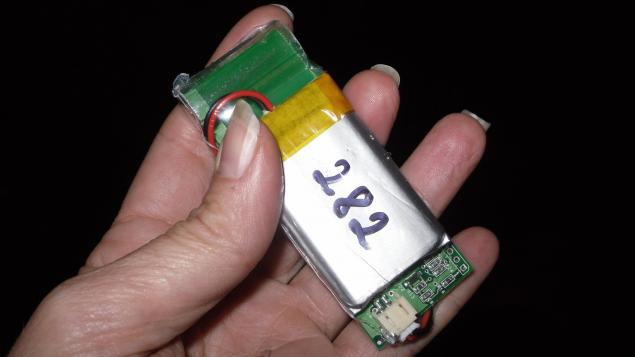
Usually pretty easy to trace the supply chain and understand how products and goods get to the shops. However, the flip side – what happens to garbage in most cases remains unknown.

Now, thanks to new technology becomes a reality to explore the invisible fabric of the city. With the help of chip, you can track how effective the waste management system, and to see where, ultimately, got waste. As it turned out, the garbage travels far beyond the borders of the city, overcoming, of entire countries and crossing oceans.
The experiment was the first step in learning the life cycle of urban waste. Its essence is to be conscious consumers and to motivate residents to responsibly use resources.
Source: /users/413

Usually pretty easy to trace the supply chain and understand how products and goods get to the shops. However, the flip side – what happens to garbage in most cases remains unknown.

Now, thanks to new technology becomes a reality to explore the invisible fabric of the city. With the help of chip, you can track how effective the waste management system, and to see where, ultimately, got waste. As it turned out, the garbage travels far beyond the borders of the city, overcoming, of entire countries and crossing oceans.
The experiment was the first step in learning the life cycle of urban waste. Its essence is to be conscious consumers and to motivate residents to responsibly use resources.
Source: /users/413


